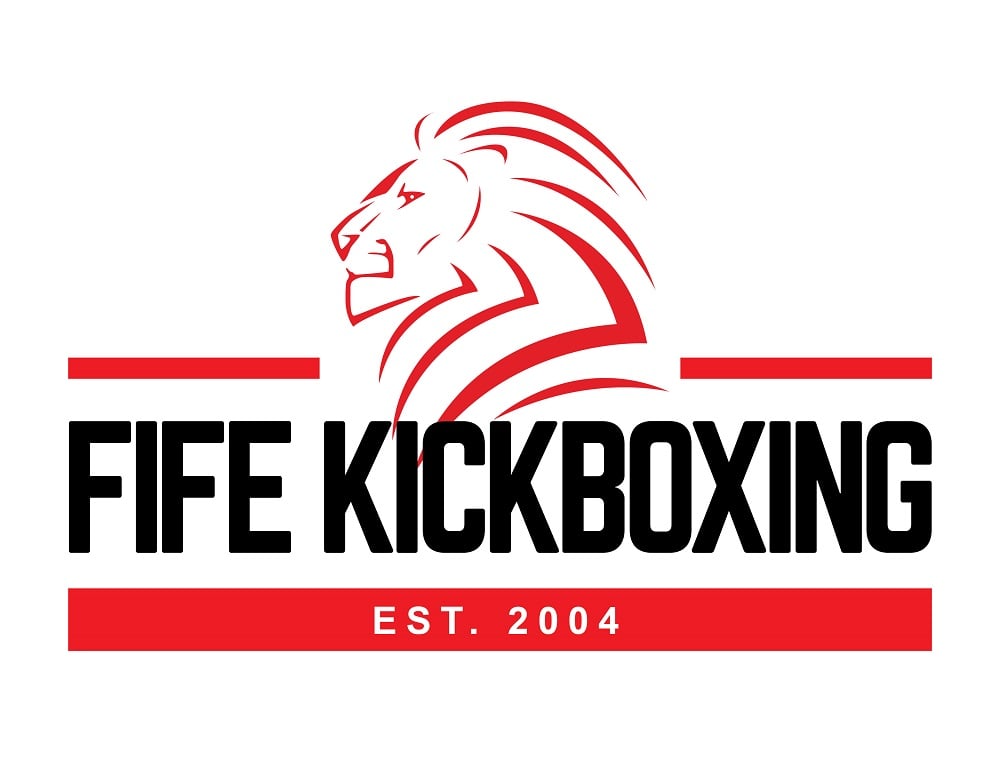Uncategorized
Thrive After 45: The Power of Movement
As we move through life, our bodies and minds naturally evolve—but that doesn’t mean slowing down. In fact, staying active after 45 isn’t just beneficial—it’s essential. Whether you’re rediscovering fitness after years away or simply looking for ways to feel better and stay connected, movement can be your greatest ally.
This isn’t about becoming a bodybuilder or running marathons (unless that’s your goal!). It’s about feeling strong, staying independent, and enjoying life more fully—no matter your shape, size, or starting point.
Why Exercise Matters After 45
Physical Health: Stay Strong, Mobile & Independent
As we age, muscle mass naturally declines, bones can become more fragile, and metabolism may slow down. But regular movement—especially strength and functional training—can:
- Preserve muscle and bone density
- Improve balance and flexibility (reducing fall risk)
- Support heart health and reduce the risk of chronic diseases
- Boost energy levels and improve sleep
“Exercise is the most potent longevity ‘drug’ we have—more effective than any pill or intervention in existence.” — Dr. Peter Attia, Outlive: The Science and Art of Longevity
In Younger Next Year, Dr. Henry Lodge reinforces this: “You have a choice. You can either decay or grow. Every day you don’t exercise, your body gets the message that it’s time to start dying.”
That may sound dramatic, but it’s a wake-up call backed by science. The decline isn’t inevitable—it’s preventable.
Mental Health: A Natural Mood Booster
Exercise is one of the most powerful tools we have for protecting our mental well-being. Regular movement can help:
- Reduce anxiety and depression
- Sharpen memory and focus
- Increase self-confidence
- Release stress and improve emotional resilience
Dr. Attia writes extensively about the link between physical health and brain health, especially in midlife: “Cognitive decline is not inevitable. The earlier you start protecting your brain through physical activity, the better your chances of staying sharp well into old age.” — Outlive
Social Health: Connection is Key
Too often, fitness gets portrayed as a solo journey, but it shouldn’t be. The social side of exercise is just as important as the physical.
Group activities—like bootcamps, walking clubs, martial arts classes, or dance sessions—offer:
- A chance to connect with like-minded people
- Encouragement and accountability
- A real sense of belonging and purpose
Younger Next Year frames this perfectly: “Social connection is not an accessory to good health. It is central to it.”
Movement becomes even more powerful when it’s shared. The relationships you build along the way can be just as life changing as the physical benefits.
No “One-Size-Fits-All” Approach
There’s no single “right” way to get moving. What matters is finding what works for you.
- New to fitness? Start with gentle bodyweight exercises or walking.
- Want more variety? Try circuit training, kickboxing, or team challenges.
- Need flexibility? Look for outdoor or online options that fit your schedule.
And remember, progress is personal. Every step counts—whether you’re doing ten squats or finishing your first 5K.
“Consistency trumps intensity. A little bit every day goes a very long way.” — Dr. Peter Attia
Thrive After 45 isn’t a slogan. It’s a mindset. It’s about choosing to invest in yourself—your health, happiness, and community. Movement can be the start of a new chapter, not the end of one.
So whether you’re looking to move better, feel better, or connect with others who want the same—there’s a place for you.
You’re not too old, too out of shape, or too late to begin.
You’re just getting started.

